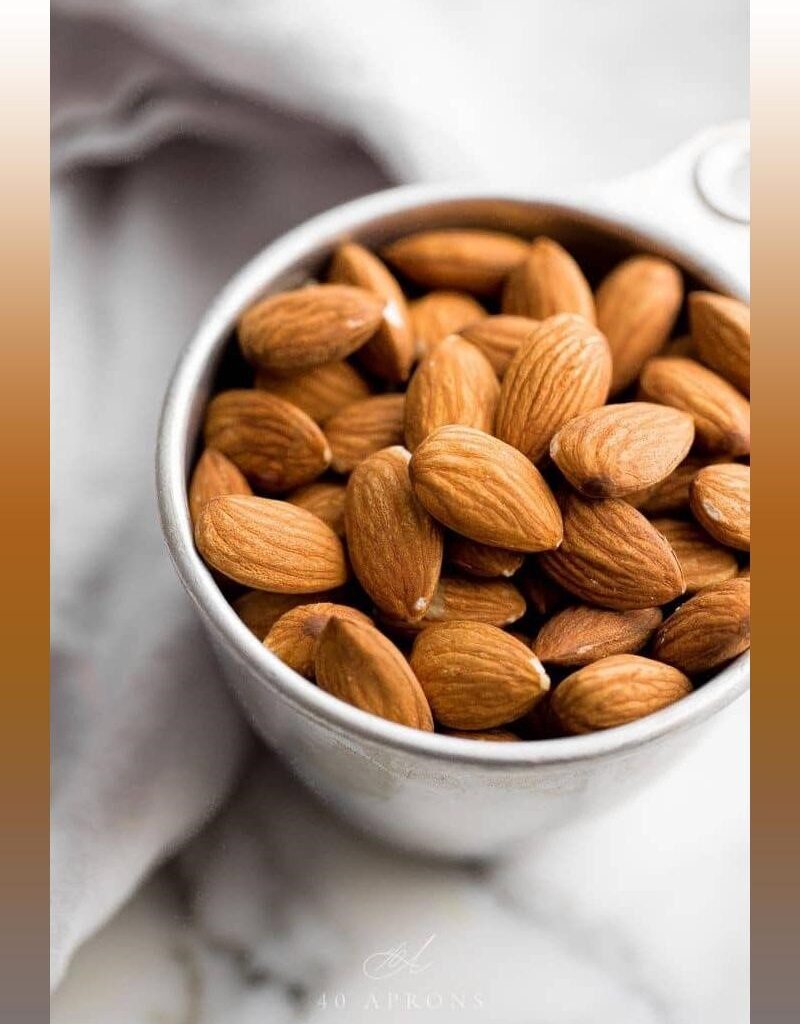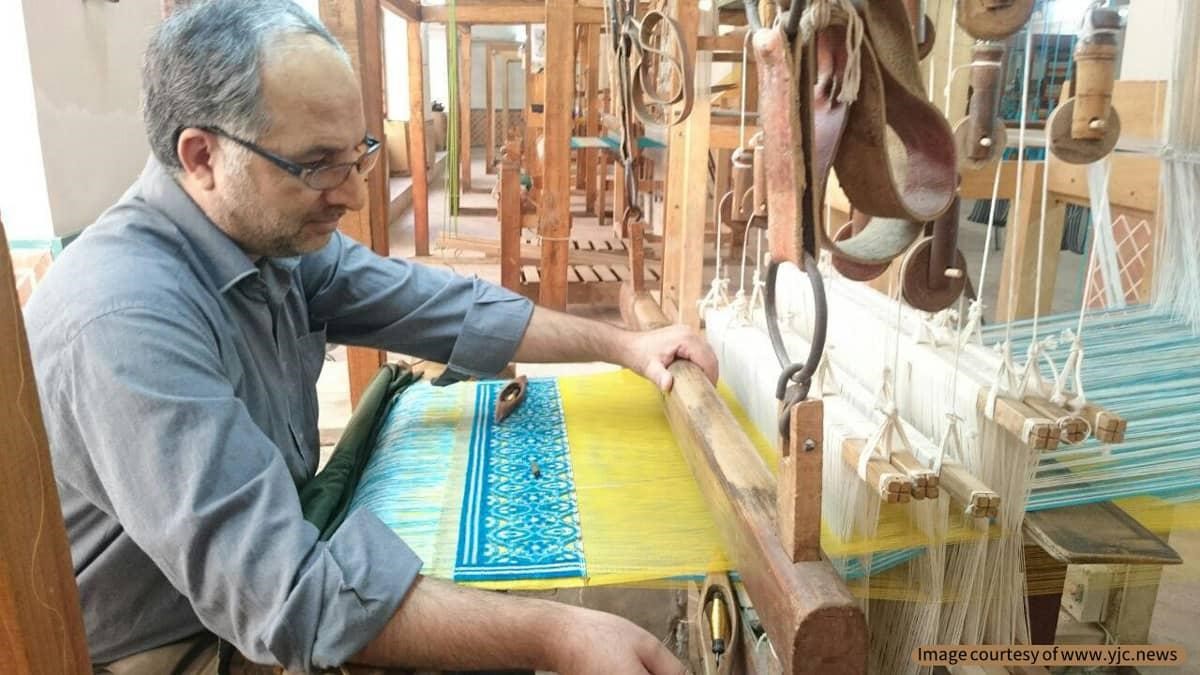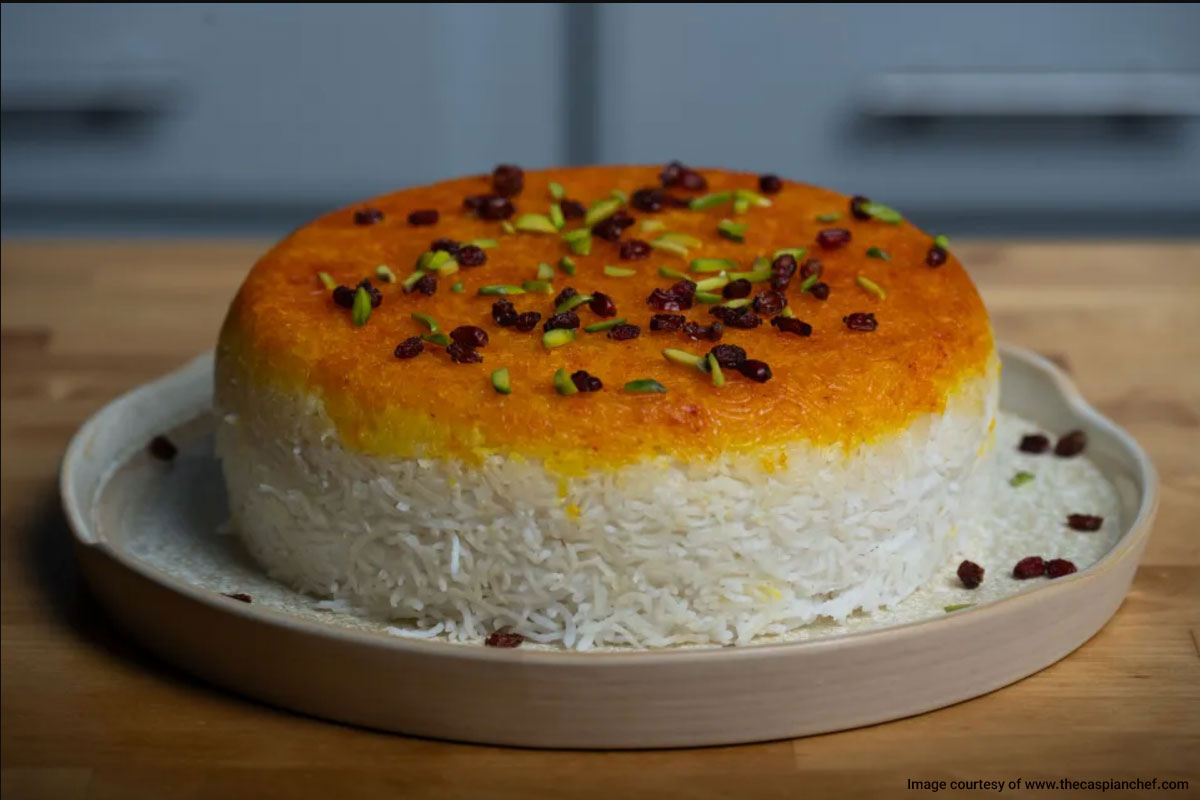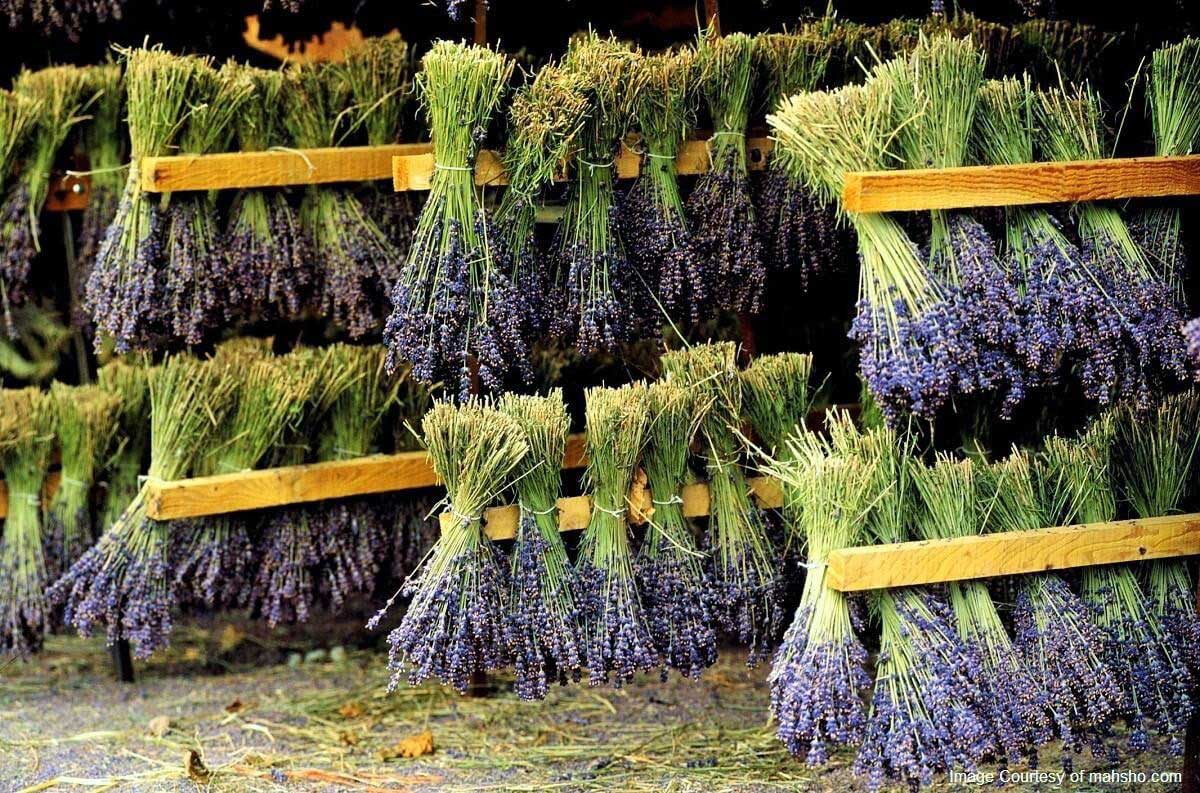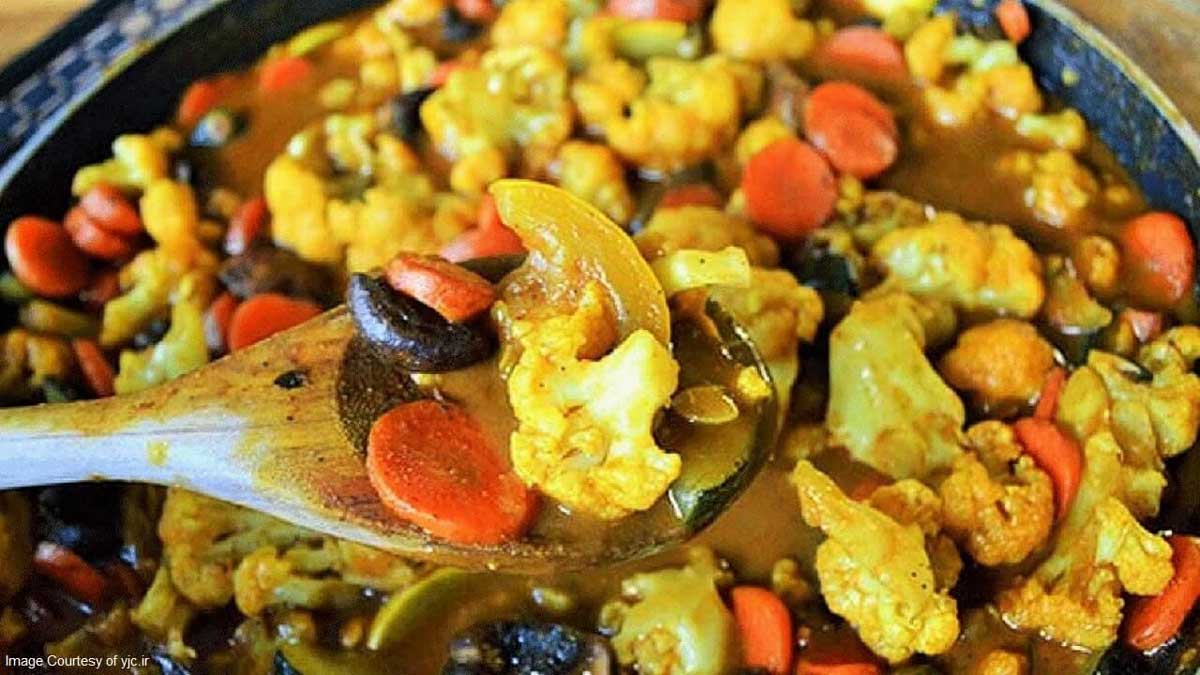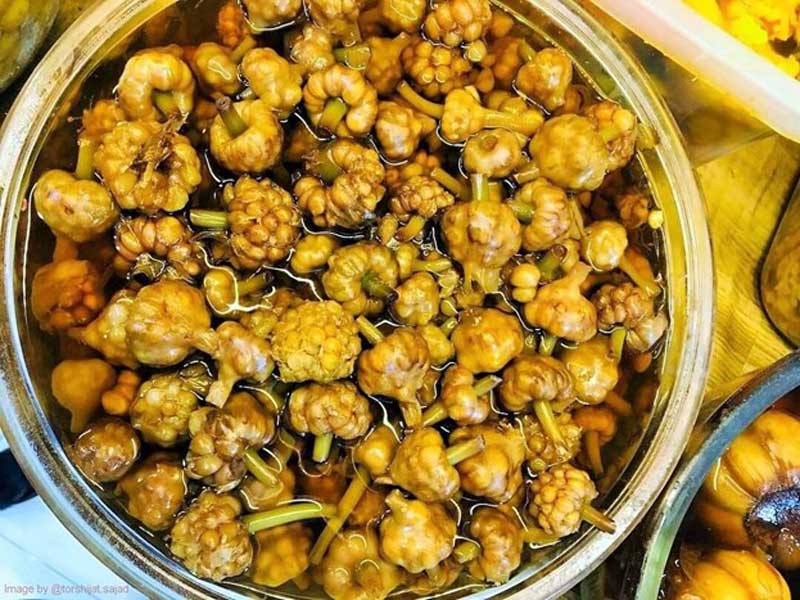
Traditional fermented food in Iran, along with fermented drinks are a major part of an authentic Iranian diet. People prefer consuming such foods because of the different flavors and unique texture that traditionally fermented foods offer. These flavors are the result of the biochemical activity of microorganism cultures such as bacteria, yeasts and useful fungi or molds in food. Some microorganisms are naturally present in food, and some are introduced through the fermentation process.
Research suggests that the consumption of these substances have a positive impact on human health. In the following, we will introduce fermented Iranian food and fermented beverages native to Iran.
History of Production of Traditional Fermented Foods

Human civilizations have accidentally discovered traditional methods to create fermented products since ancient times. In primitive societies, fresh milk was used right after milking the animals. Sometimes this fresh milk would turn sour and get separated into two products, the curds and the whey.
Later, primitive cultures realized that they could turn milk into yogurt as a fermented food before the milk went sour. They found out that in addition to increasing the shelf life of the milk, fermented yogurt tasted better too.
Therefore, traditional fermentation craft has existed since prehistoric times and before the scientific discovery of the fermentation process. Another example of ancient fermentation practices is the production of bread and wine in ancient Egypt. The Middle East was the cradle of traditional fermented foods, and later it was exported to other cultures and nations from West Asia.
It should be mentioned that instead of using the word fermentation, traditional cultures used the term Jooshidan (Bubbling) to describe the process. In the fermentation process, the yeast is activated in contact with the raw material and releases CO2 gas. The released gas is the bi-product of the breakdown of simple sugars such as glucose. Milk, grape molasses and other fruits are examples of substances prone to fermentation.
Variety of Traditional Fermented Food in Iran
Fermented foods can be produced with different raw ingredients. It is important to supervise the complete and correct fermentation process in the production of such foods. In some cases, the fermented product has an unpleasant taste caused by a stalled or stuck fermentation process.
In the following section, we will introduce a number of common traditional fermented food in Iran:
Traditional Fermented Dairy Foods and Beverages
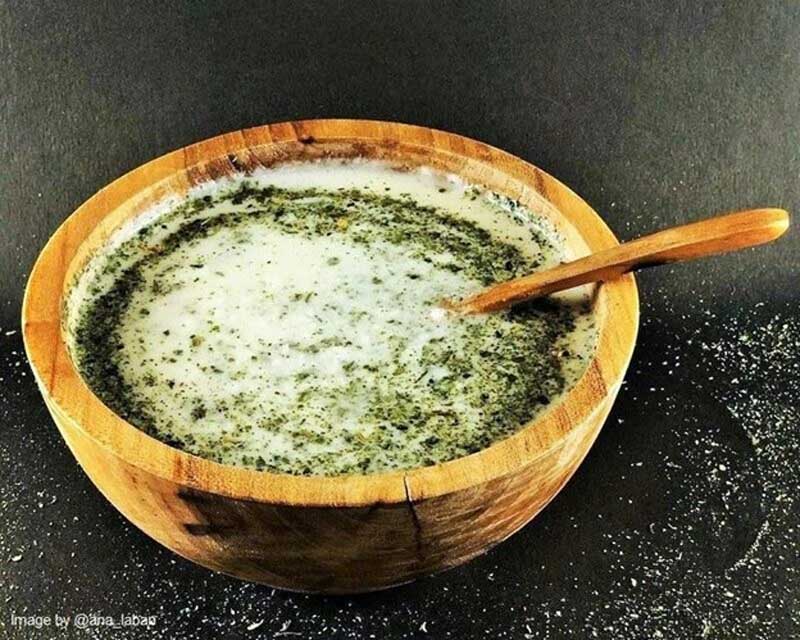
These categories of fermented foods and drinks are produced by introducing friendly bacteria such as lactobacillus and lactococcus to milk. By adding these bacteria, the shelf life and taste of food improves. In addition, fermentation improves food digestion and gut health by adding friendly bacteria to the digestive microbiome. Cheese, yogurt, Kashk, Doogh (Ayran) and kefir are among the famous dairy-based traditional fermented foods in Iran.
Traditional Vegetable Based Fermented Food
These foods include fermented olives, a variety of pickles and Shoor (brined fermented vegetables). These products are made by fermenting different vegetables in vinegar and other ingredients. It is important to remember that vinegar alone is not enough to create this type of fermented food. It is better to use additives such as garlic when processing these ingredients for a richer fermentation starter culture. The vinegar traditionally used in Iran is produced by fermentation of grapes.
Grain Based Traditional Fermented Food in Iran

Sourdough is one of the starter products obtained by fermenting grains. Water and kneaded flour are the main ingredients of sourdough. To fully mature the fermentation process of the sourdough, we must leave the prepared dough in a covered container to rest for a few days.
You have certainly heard about traditional Iranian breads and their exquisite aroma. Traditionally, these breads are fermented with sourdough starters, have a very delicate texture and can be easily ripped apart by hand.
Traditional Fermented Food VS Industrialized Fermentation
Many Iranians believe that traditional Iranian foods have higher quality and taste better. But with the industrialization of food production, these recipes have lost their authentic quality. For example, the following traditional fermented food in Iran are widely believed to be superior to their industrial versions:
1.Traditional Iranian Breads
Traditional Iranian breads still remain one of the most consumed traditional fermented foods. But the nostalgic fermented breads baked by Iranian mothers in the past are far from the breads offered in bakeries today. Bread is the dominant food source of the Iranian population. Each person in Iran consumes about 160 kg of bread each year. Of course, in some cases the poor production quality means a large portion of this amount will go to waste and become stale. That’s why many believe that large-scale bread production should receive more supervision.
In the past, traditional bread dough was prepared through fermentation, which is considered a slow rise dough. These breads had better shape, volume, taste, color and texture. Also, they were rich in iron, calcium and vitamins, and had a higher nutritional value compared to modern breads.
Therefore, it is very important to pay attention to the fermentation process in the production of high-quality bread. You can still find traditional authentic Iranian breads that are prepared in some cities and rural areas.
2.Traditional Iranian Doogh (Ayran)
Doogh is the term for a thick yogurt drink or fermented dairy drink. There are many traditional types of Doogh produced and consumed across Iran, each with unique recipes and characteristics. One of the famous types of Doogh is a special recipe called “Ayran” (an Azeri/Turkish word roughly translating to buttermilk), which has global popularity. This Doogh is a traditional fermented drink that is produced in many Iranian villages.
The flavor of Ayran varies in different seasons of the year based on weather conditions and cattle feed. You can get the best variation of Ayran in winter, because it can be too sour in hot summers. Ardabil city is one of the cities where Ayran is produced in a traditional fashion. In addition to consuming this traditional drink with food, it is also used in cooking Ash-e Doogh or Ayran Soup.
Learn More About Traditional Fermented Food in Iran
Iran is a country of four-climates, and each region is famous for its traditional foods and drinks. Traditional fermented foods are used as main ingredients and as side dishes to compliment the flavor of other classic dishes. You can get to know many of these traditional foods and drinks by traveling to different Iranian cities and villages.
If you are planning to visit Iran on an Iran tour package or personally, don’t miss the pleasure of tasting different flavors of Iranian food. Destination Iran aims to familiarize you with authentic Iranian food cultures by introducing a variety of traditional Iranian cuisine, including traditional fermented food in Iran.






